Is this Blake’s white cat from his time in the Cottage in Felpham ?
And was it a birthday present ?

( Blake’s illustration to The Magic Banquet from Milton’s Comus )
If a thing loves it is infinite
Is this Blake’s white cat from his time in the Cottage in Felpham ?
And was it a birthday present ?

( Blake’s illustration to The Magic Banquet from Milton’s Comus )
The Village of Felpham is holding an Open Garden Weekend and you are invited to visit the garden of Blake’s Cottage (the cottage itself will not be open).
The Gardens are open from 10am to 4pm on both Saturday 24 June and Sunday 25 June 2023.
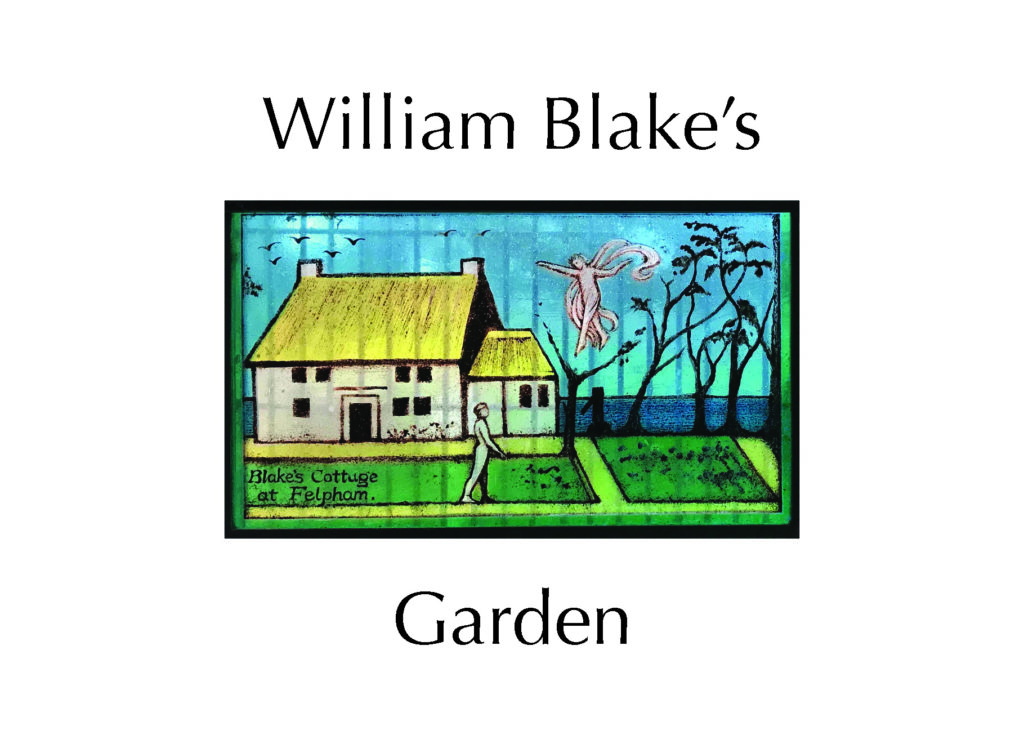
We are on our way to renovating the Cottage and would welcome your advice on how to restore Blake’s garden in the age of the Anthropocene.

A thatched roof of rusted gold

A fundraising campaign is launched today to repair the roof of Blake’s Cottage in West Sussex where William Blake wrote the hymn Jerusalem beneath his ‘thatched roof of rusted gold’.
The cottage was rescued by The Blake Cottage Trust in 2015 who purchased it for the nation, and all lovers of Blake across the world. The Trust is now launching a fundraising appeal to restore the thatch and then renovate the building in time for the two hundredth anniversary of Blake’s death in 2027. The Cottage is one of the only two surviving homes of the poet, artist and visionary William Blake (1757-1827).
The Cottage is in Felpham on the Sussex coast, an old village named in the Domesday Book and is a 17th century, grade II* listed thatched brick & flint cottage. Blake’s own etching of the Cottage is pictured above.
William and his wife Catherine (1762-1831) lived in the Cottage for 3 years from 1800-1803 – a critical turning point in Blake’s life. It was during this period that Blake wrote the hymn Jerusalem with the famous opening lines to And did those feet in ancient times / Walk upon England’s Mountains green? It was also while living at the Cottage that Blake was accused and put on trial for Treason.
Earlier this year the Blake Cottage Trust applied to Historic England to put the Cottage on the Heritage At Risk Register due to the decay and failure of part of the thatch, roof structure and supporting masonry. The Trust has appointed the architects MICA, who won the architect of the year award in 2020, to oversee the work.
The Secretary of the Trust, Jonathan Mullard, observed ‘We are grateful for the support of Historic England. Fundraising and renovation takes time, but, as Blake wrote: ‘Eternity is in love with the productions of time.”
To support the roof please go to the Donate page

The year of 2020 saw some wonderful groundwork to the Blake Cottage project.
January began with Tate Britain’s Blake show, a once-in-a-generation exhibition that brought together artworks and visitors from around the world. And at the end of the year there was the first ever Conference on William Hayley, Blake’s patron who invited William and Catherine down to the Cottage in Felpham.
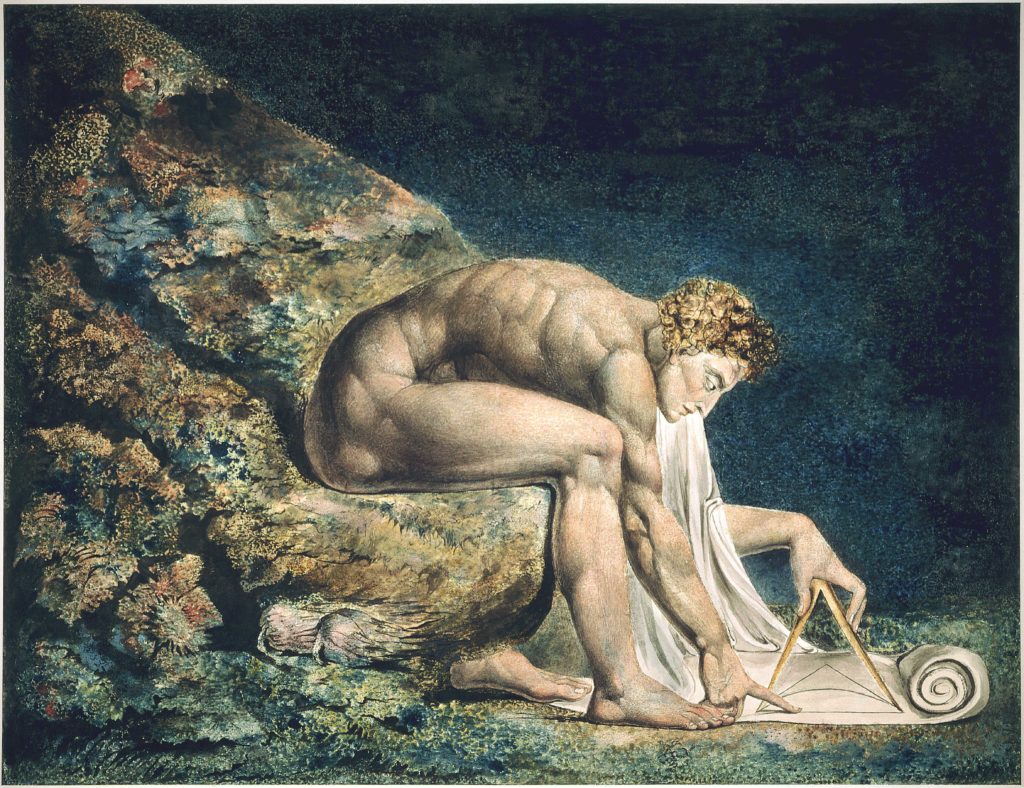
Funding for the Cottage proved elusive in this year of Covid when many of the grant making organisations were retrenching and diverting their funds to existing projects in order to keep them alive during this, the most difficult of all years for organisations in the arts and culture.
Happily just before lockdown there was a magnificent funding campaign that offers the Cottage a fine prospect. In just ten weeks a sum of £3.5m was secured for the purchase, renovation and endowment of Derek Jarman’s cottage in Dungeness. A model for Blake’s Cottage itself.
Pace and Purpose are different beasts and during this year we have kept our focus firmly on the grand purpose. To create a home for Blake that celebrates his genius in all its diversity.
To this end we have encouraged visits from individuals involved in fine art, theatre, poetry, ceramics, music, antinomianism and the green movement.
People often treasure the Cottage because it was where Blake wrote the words that became the anthem Jerusalem, while others locate its importance in its challenge to authority, the place where Blake was accused of treason.
But there are a myriad of reasons why the Cottage should open its doors and welcome visitors beneath its roof of rusted gold. One of these minute particulars is the picture known as Newton. There were two executions of this monoprint, the first in 1795 where it formed part of the collection known as the 12 large colour prints. But the version we are most familiar with, and the one shown above, was made after the turn of the century, and perhaps in the very Cottage in Felpham itself, where Blake had the opportunity to explore the ocean pools at low tide.
Of course, with Blake you can never tell the provenance of his imagination. Is the picture that of Newton or an illustration from the Bible?
When he prepared the heavens I was there:
when he set a compass upon the face of the depth
Proverbs 8.27 of the King James Bible
On Sunday 16 September from 2pm to 4pm the Cottage will be open for visitors to see the rooms where Blake lived from 1800 -1803 and discuss the architectural plans for the restoration of the building.
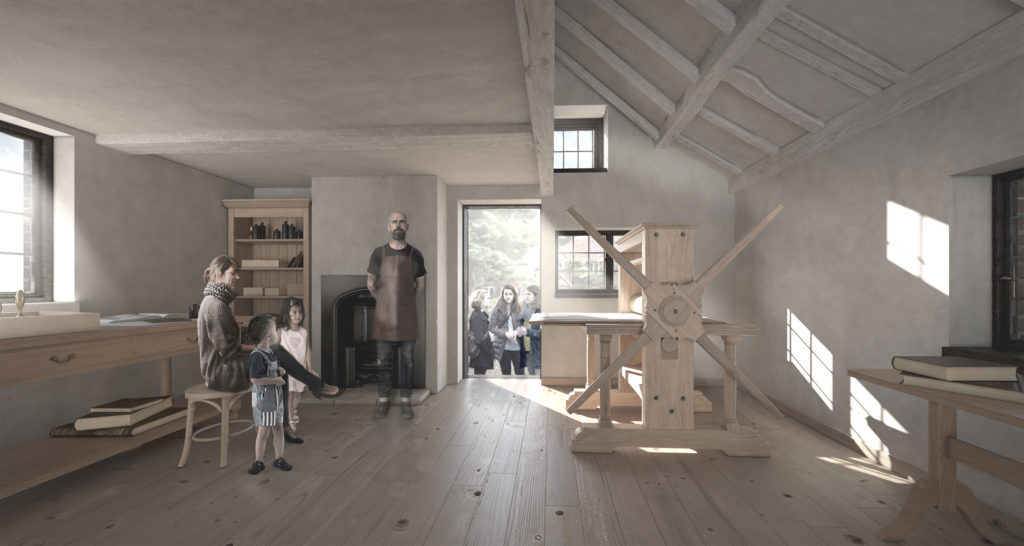
The poet Niall McDevitt will give a talk on ‘The Jerusalem Tradition in English Literature’ and there will be music from Olivia Stevens.
The Event is free and open to all.
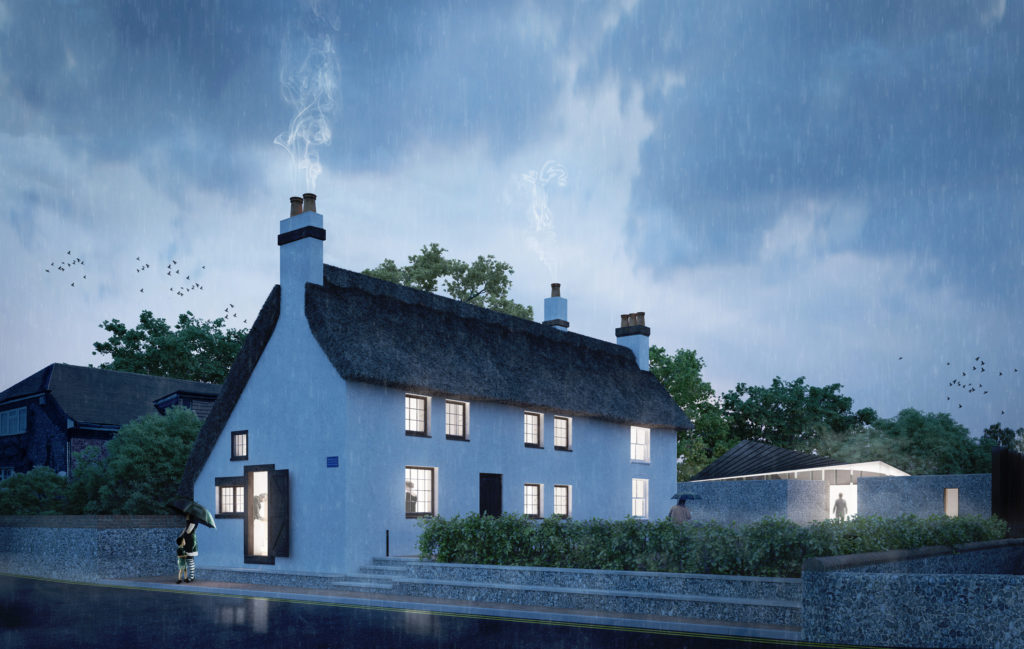
Plans for the Cottage have now been published by our architects MICA in a booklet that can be downloaded through this link.
The booklet shows several historical photographs of the Cottage together with visualisations of the future as well as detailed plans & drawings.
![]()
![]()
![]()

A wonderful show has opened at the National Trust’s Petworth House entitled ‘Blake in Sussex – Visions of Albion’.
Also on display in the Show is a model of the Architect’s initial ideas for the restoration of the Cottage together with two bound books of visualisations.![]()

2 pm – 4 pm Saturday 8 July 2017
Blake’s Cottage, 1 Blake’s Road, Felpham, West Sussex PO22 7EB
After four centuries as a private dwelling, Blake’s Cottage was purchased and placed into charitable ownership in 2015. So this summer’s day – the day of the Felpham Village Summer Fête which takes place in the Old Vicarage Gardens beside the Cottage – is a good time to step inside the 17th Century Cottage where William and Catherine lived for three peaceful yet turbulent years between 1800 and 1803.
‘Beneath our thatched roof of rusted gold’ they created some extraordinary works including the visionary encounter with Milton and the words we now sing as ‘Jerusalem’. It was here also that the violent events unfolded that led to the trial for sedition.
The Trustees of the Blake Cottage Trust will be present to show you some initial architectural sketches for the restoration of the Cottage and talk about the plans for its economic independence and visionary intent.

You are invited to meet the Architects and hear about the plans for restoring Blake’s Cottage at 11am on Saturday 3rd June at Felpham Village Hall, 17-19 Vicarage Lane, Felpham PO22 7DZ
The Royal Institute of British Architects gladly commended Rick Mather Architects (RMA) to take the lead in the task of restoring the Cottage to the form it once was when William & Catherine lived there from 1800-1803 and help us create in Felpham a world class centre for the study and enjoyment of William Blake’s art, poetry and prophecy.
Stuart Cade of RMA, who led the magnificent restoration of the Ashmolean Museum in Oxford as well as many national and international projects, has agreed to address this open public meeting at which you will be free to ask about their approach, suggest ideas and help make it all a great success. He will be accompanied by his assistant James Roach of RMA.
RMA have created some visual boards to visualise the proposals:-
At the beginning of April 2017 an initial archaeological survey was made of the Cottage. Historic buildings are an important source of information about architectural, engineering and building crafts, as well as social and economic history. We expect the Cottage to prove as complex and multi-layered as Blake himself.
The survey was done by Archaeology South-East who are a commercial consultancy spinning out of the archaeology department at University College London and have been offering their insights into the historic environment for over forty years.
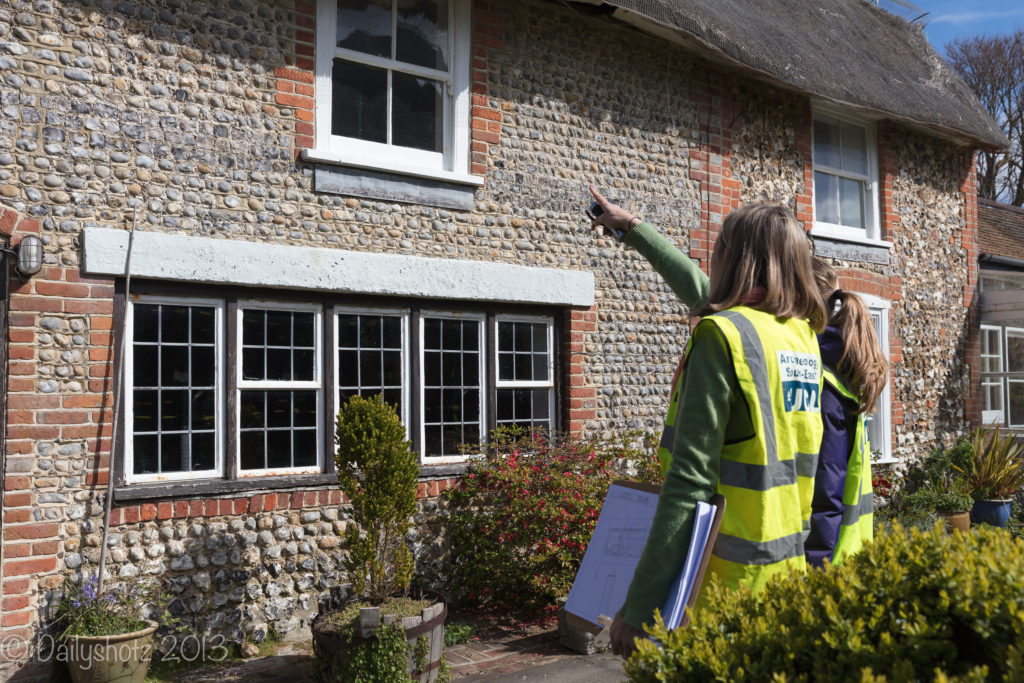
Amy and Hannah from Archaeology South-East

A map of 1876

James Roach of RMA at the garden gate
And here is the full report: